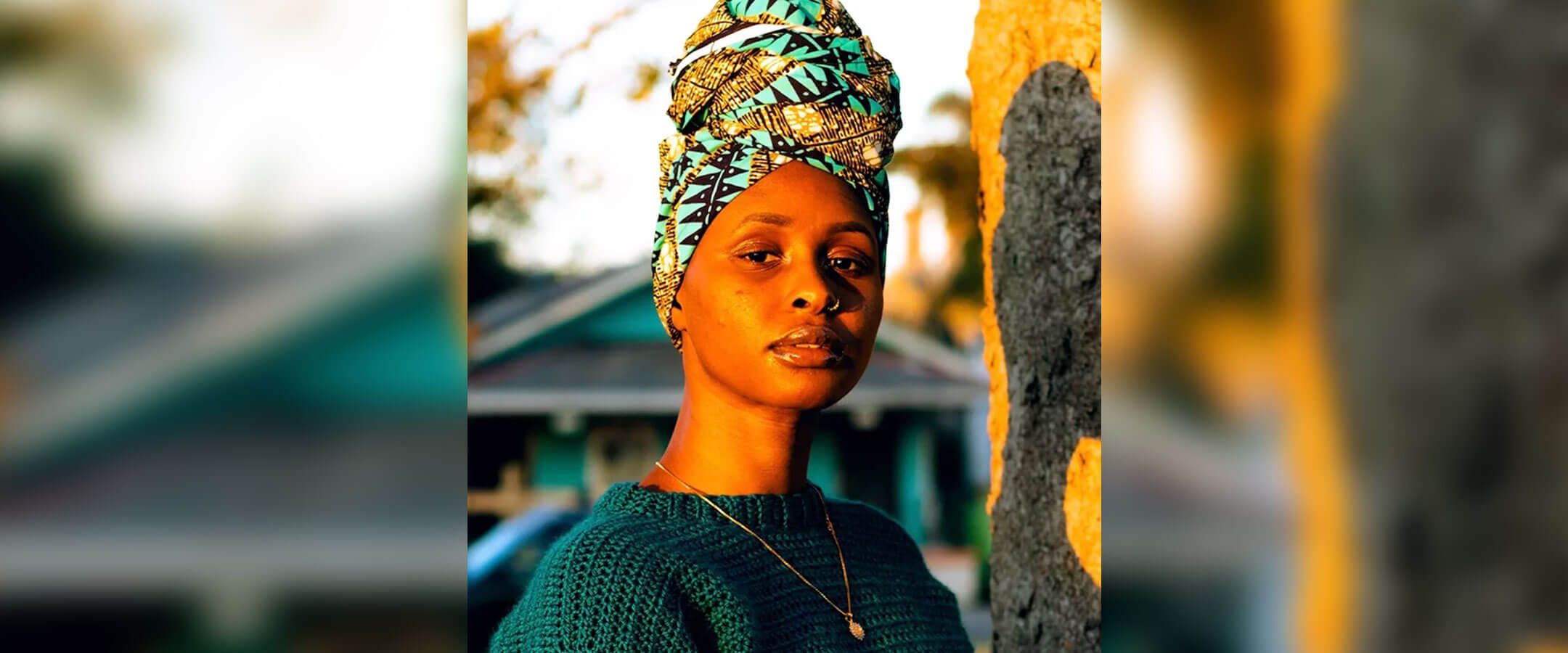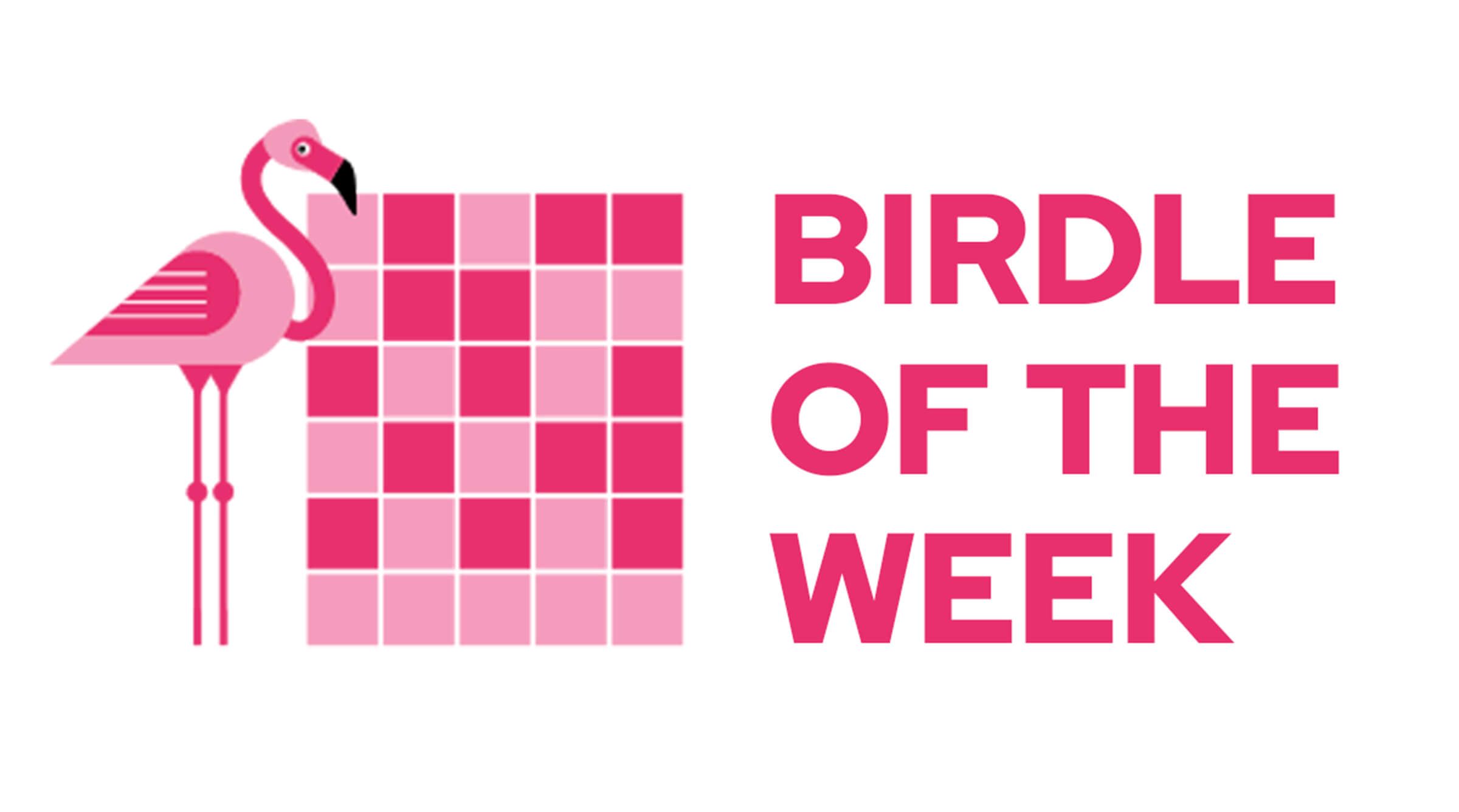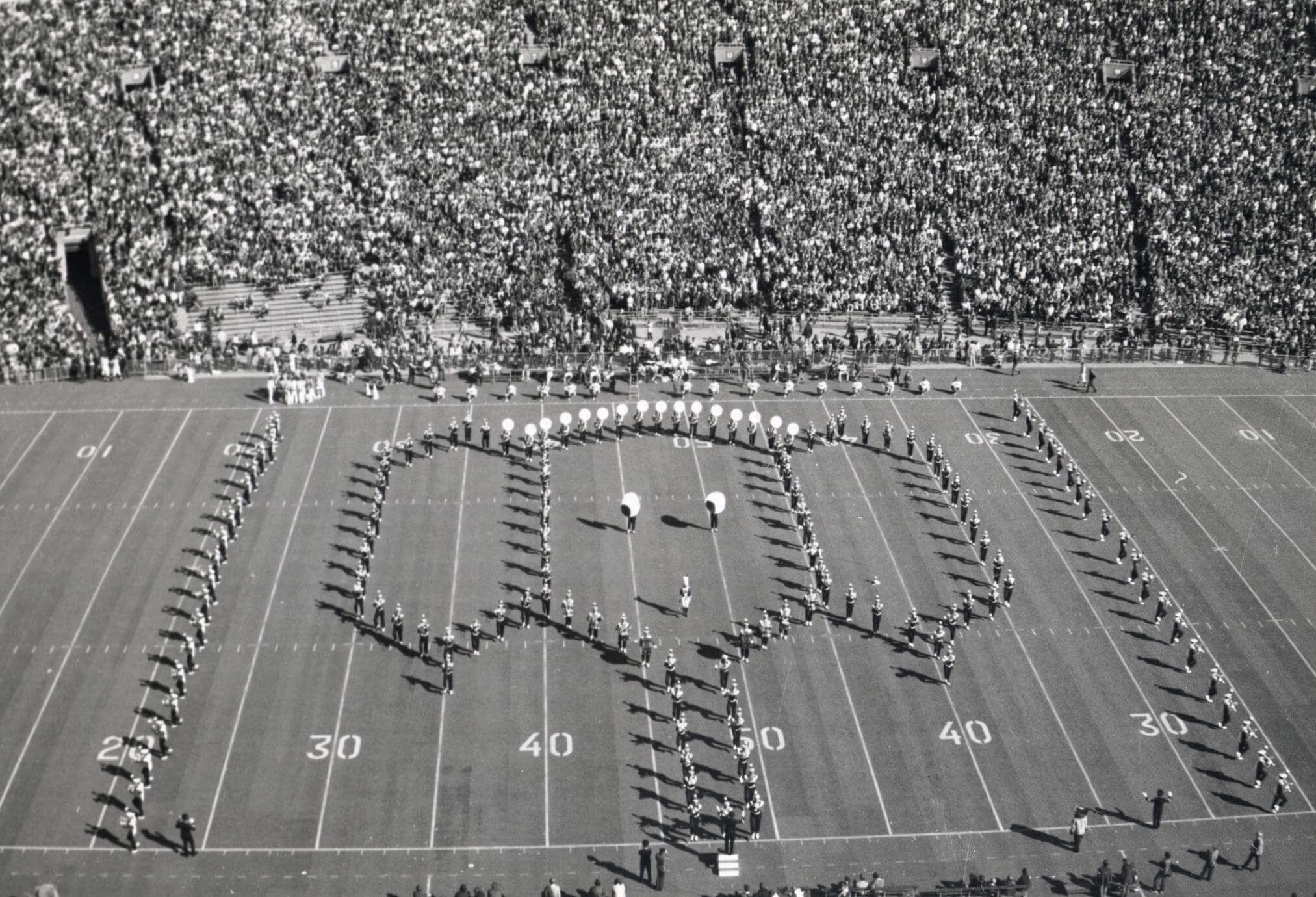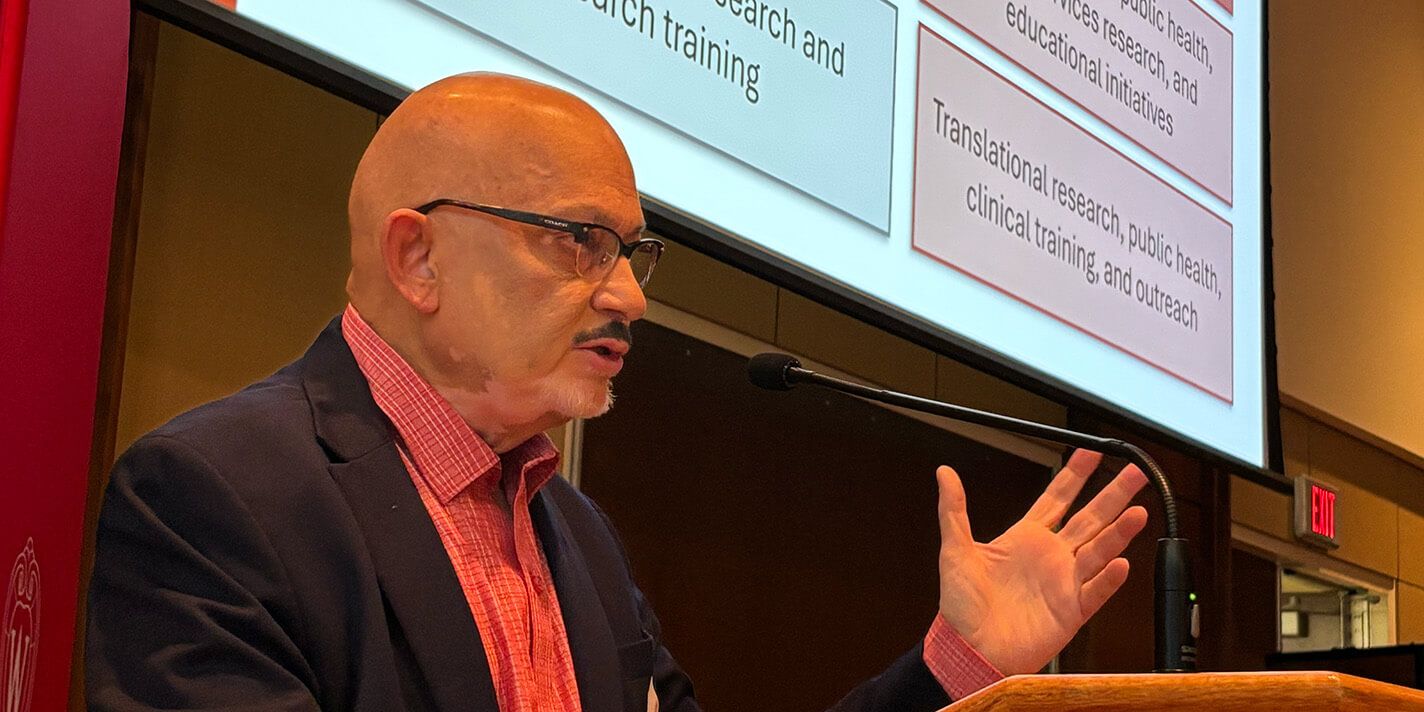Leslie Smith III is a contemporary abstract artist and associate professor of art in the UW’s School of Education. His work, which is primarily oil paint on shaped canvasses, is displayed both nationally and internationally, and is currently on display at the Galerie Isabelle Gounod in Paris. “I think if you’ve never had the opportunity to view art and be critical of it,” Smith says, “it’s an experience worth having because I think when you’ve had that experience, it’s a lot easier to maybe understand some other seemingly unrelated issue or concern that you might have with the world, or with yourself. You identify something, an object, an image, that brings you intrigue or some type of visual pleasure, and then you try to better understand it, and in doing so, you find out more about yourself.” He adds, “The reason why it’s important to view and see art is to better understand not only the world that you live in and that you traverse, but just be aware of how other people are seeing the same things and experiencing the same things that you are, but are finding other ways of expressing it.”
Here, Smith offers a guide to engaging with art for everyone — regardless of experience or interest:
- Arrive without expectations.
“I find that people, when they go to museums or galleries, they have an expectation on how they’re going to be perceived, how to act, how to dress. Just be yourself. I feel like if you can get over the hurdle of entering into a new space, a space that’s not typical of your everyday space of work, the grocery, the gas station, whatever, and you go in with pure curiosity, you’ll be fine.” - Don’t be afraid to form your own opinions.
“Not everything is art, and not everything is good. Just because someone else really loves it or writes that it’s really great, doesn’t mean that you have to feel that way, too. After [art] leaves a studio, it’s really up to you as the viewer to take it and do with it what you want. But give it time.” - Know that not all artwork has to mean something.
“Not all artwork has to be something that you can quantify as an idea to ‘get.’ Sometimes work, especially contemporary work, is to create, in that experience [and] in that moment, a challenging inquiry. The work isn’t directly about an event, a moment in time, or a place or a person; it’s about an experience that that artist wants to share with you, so part of understanding that work is to allow yourself to experience it. There might be a series of events in that sculpture or that installation that makes you feel a certain way. That could be very well intentional. Allow yourself to be open to the experience of questioning why things are the way they are.” - Find out what you like and take notes.
“If you like the work, jot down the name of the artist. Maybe ask the gallery for some information on the artist and start to just keep a little running archive of the things that you like. You might find that there’s a thread that connects the work that you respond to right now. That’s going to change over time. But it gives you the opportunity to bookmark things so that when they pop up again, you can go see, ‘Well, what is that artist doing? Has that work changed?’” - Be informed before you go.
“You can’t make your decisions purely based on what you see, because things function very different in person than they do over your phone or the computer screen. Try to figure out, ‘Well, who are these artists? Do they have a narrative?’ Read their statements, go to their websites. Do some reading. Figure out, ‘Are the concerns that this artist is making work about, is that interesting to me? Do I like something about the material that they’re using? Do I have questions?’ I tend to always suggest [to] go to galleries, see exhibitions that make you ask yourself, ‘What is that? What? I’ve never seen that before.’ So go see it.” - Think about how the art is made.
“I think a lot of understanding art is understanding the materials [and] what the artist has done to manipulate the materials. I think there are deep mysteries oftentimes in how art exists, and then that’s purposeful because I think it allows you a way into the way the artist thinks. If you’re interested in the work that the artist has done before and is doing now, then I think it’s worth, not trying to reverse engineer the work, but to try to understand the complexities, the lengths [to] which the artist is going to communicate this idea to you.” - Read, but don’t live by, text and titles.
“Gallery text and museum text is important. It definitely has a place. The show essays and things like that, they help create a context for the exhibition. But they aren’t the end-all be-all, and I think a lot of folks get lost in that stuff. I can’t tell you how many times I go to exhibitions and I just do not read the text because it’s just like, ‘I don’t care.’ I care, but I want to come up with my own opinion. [But] I think titles are important. I know I bashed texts with a big T, but titles, they come from the artists. They’re a way of offering a parameter to understanding the limitations of the work, or to understanding where the work wants to be considered. So, I say, read titles.” - Be curious about curation.
“There’s an art form to curating that I don’t think a lot of people think about. One thing that I like to encourage my graduate students to do is to go into institutional museums to look at the individual works and the shows, but when you do that, also spend time thinking about how the curator [is] being an artist here. How are they expanding upon the conversations that each individual artist is having and [trying] to draw your attention to what they might mean when brought together because oftentimes that’s connected to some other type of cultural or social situation? There’s a theme, or a variation of that theme, that’s happening out in the real world, and they’re finding a way to connect those dots through art that’s being made right now.” - Make a practice of consuming art.
“It becomes just a fixture of your life. It’s not like an occasion of, ‘Oh, we’re going to go to Disneyland.’ It’s not a vacation. It just seeps in and becomes something that you do. Just like you go grocery shopping. I think if you can get to that place, then you’ve opened yourself up to just enjoying art and enjoying what artists do.” - Support your local artists.
“Not all art is in galleries and museums. Look into nonprofit galleries and art spaces, because they are the ones taking risks and giving artists their first breaks. It’s some of the best art and art that speaks to right now, without the commercial incentive. Start with local artists. Figure out that community, because it’s empowering for both the artists and the audience.”







